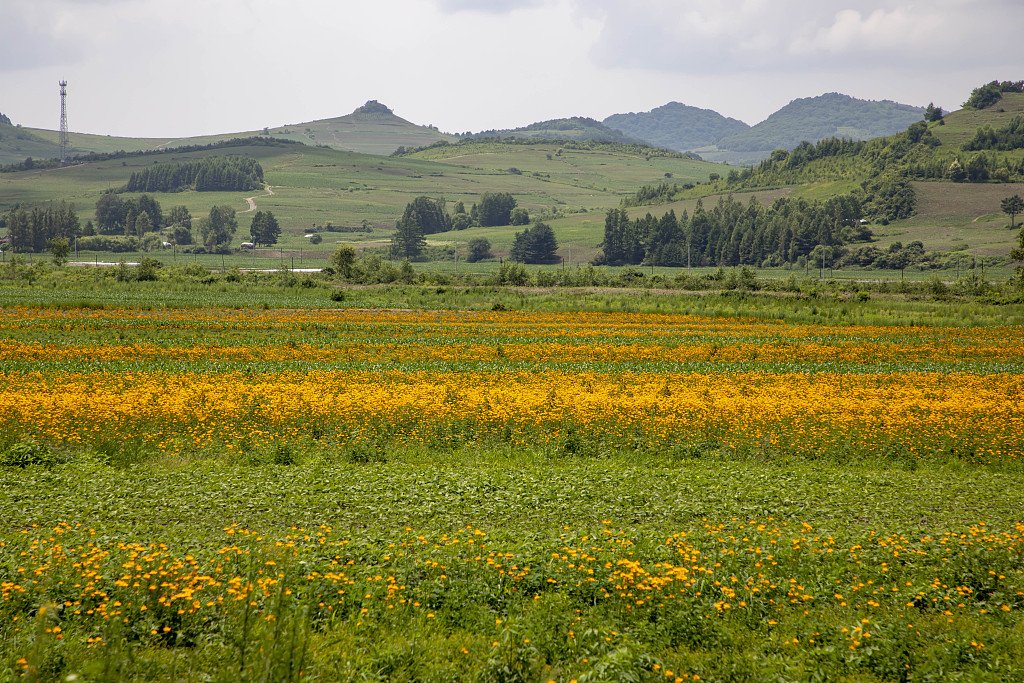Nestled in northeast China’s Jilin Province, the city of Baishan is undergoing a transformative resurgence, fueled by a unique blend of traditional herbal medicine cultivation and eco-tourism. A haven for the cultivation of Chinese herbal medicine, Baishan’s ginseng, in particular, is celebrated as one of the finest across the country, contributing significantly to the villagers’ improved financial wellbeing.
Steeped in the verdant heart of the Changbai Mountain range, Baishan boasts a rich tapestry of dense forests and sparkling waterways. The region’s environmental bounty is fundamental to its burgeoning reputation as a must-visit tourist destination in Jilin Province. However, it’s the cultivation of Chinese herbal medicine that forms the cornerstone of this rural renaissance, with ginseng farming leading the charge.
Ginseng, known for its myriad health benefits and its vital role in traditional Chinese medicine, has become a primary source of income for many residents of Baishan. The region’s fertile soil, nourished by the abundant local forests and waterways, creates the perfect conditions for growing premium quality ginseng.
This rural community’s foray into ginseng farming extends beyond mere cultivation. The residents have harnessed their intrinsic knowledge of this medicinal root, coupling it with modern farming techniques to optimize yield and enhance quality. The result is a top-tier product that has elevated Baishan’s ginseng to nationwide acclaim, augmenting the income of the villagers and bolstering the local economy.
Moreover, this herbal medicine cultivation has sparked a surge in agritourism, drawing visitors eager to explore the lush ginseng farms and learn about the cultivation process. The serene natural setting, combined with the allure of these medicinal herb farms, provides a compelling, immersive experience for tourists. This influx of visitors not only diversifies the income streams for locals but also contributes to the city’s reputation as a must-visit destination.
The success of Baishan’s medicinal herb cultivation offers a blueprint for other rural communities to follow. By harnessing local natural resources and traditional knowledge, they too can generate new sources of income and invigorate their local economies.
In conclusion, Baishan’s transformation serves as a vivid example of how traditional practices, when paired with tourism and eco-friendly methods, can lead to rural revitalization. It illustrates how communities can leverage their unique strengths and resources to create sustainable economic growth, enhancing livelihoods and promoting local culture and traditions.
READ MORE:
